Priorities in Critical Care Nursing 6th Edition by Linda D – Test Bank
$25.00
Edition: 6th Edition
Format: Downloadable ZIP File
Resource Type: Test Bank
Duration: Unlimited downloads
Delivery: Instant Download
Priorities in Critical Care Nursing 6th Edition by Linda D – Test Bank
Urden: Priorities in Critical Care Nursing, 6th Edition
Chapter 05: Sleep Alterations
Test Bank
MULTIPLE CHOICE
1. Which stage of non-rapid eye movement sleep is associated with anabolic processes?
|
a. |
1 |
|
b. |
2 |
|
c. |
Slow wave sleep |
|
d. |
REM |
ANS: D
The release of other hormones, such as prolactin and testosterone, suggests that anabolism is occurring during slow-wave sleep.
DIF:Cognitive Level: KnowledgeREF:38
OBJ:Nursing Process: DiagnosisTOP:Sleep Alterations
MSC:NCLEX: Physiological Integrity: Basic Care and Comfort
2. What occurs physiologically during rapid eye movement (REM) sleep?
|
a. |
Growth hormone is secreted. |
|
b. |
Metabolic needs are decreased. |
|
c. |
Sympathetic nervous system predominates. |
|
d. |
Heart rate and blood pressure decrease. |
ANS: C
The sympathetic nervous system predominates during REM sleep. Oxygen consumption increases, and cardiac output, blood pressure, heart rate, and respiratory rate may become erratic.
DIF:Cognitive Level: KnowledgeREF:38
OBJ:Nursing Process: AssessmentTOP:Sleep Alterations
MSC:NCLEX: Physiological Integrity: Basic Care and Comfort
3. Interventions to help with sleep disruptions include:
|
a. |
opening the window blinds. |
|
b. |
encouraging the patient to take frequent naps during the day. |
|
c. |
administering sedatives at bedtime. |
|
d. |
keeping the patient awake during the early morning hours. |
ANS: A
Nursing interventions that maintain the normal rhythm of the day-night cycle, such as opening window blinds, should be encouraged.
DIF: Cognitive Level: ApplicationREF:37
OBJ: Nursing Process: InterventionTOP: Sleep
MSC:NCLEX: Physiological Integrity: Basic Care and Comfort
4. Ms. C has been in the critical care unit for 3 weeks and has been on the intra-aortic balloon pump for the past 3 days. Her condition has been serious, and hourly assessments and vital signs have been necessary. The nursing staff has noted that she has been unable to achieve sleep for more than 30 minutes at a time. She has been given diazepam (Valium) as needed. The anticipated effect of diazepam on Ms. C’s sleep is
|
a. |
a decrease in NREM stage 1. |
|
b. |
an increase in NREM stages 3 and 4. |
|
c. |
total NREM suppression. |
|
d. |
REM suppression in larger doses. |
ANS: D
Diazepam increases NREM stage 1 and reduces NREM stages 3 and 4 and REM. REM suppression is dose-related.
DIF: Cognitive Level: ApplicationREF: Table 5-1
OBJ: Nursing Process: EvaluationTOP: Sleep Alterations
MSC: NCLEX: Physiological Integrity: Pharmacological and Parenteral Therapies
5. Ms. C has been in the critical care unit for 3 weeks and has been on the intra-aortic balloon pump for the past 3 days. Her condition has been serious, and hourly assessments and vital signs have been necessary. The nursing staff has noted that she has been unable to achieve sleep for more than 30 minutes at a time. She has been given diazepam (Valium) as needed. Which techniques may assist in assessing Ms. C’s sleep pattern?
|
a. |
Correlating sleep time with vital signs |
|
b. |
Documenting sleep periods of more than 90 minutes |
|
c. |
Assessing degree of arousal on hourly checks |
|
d. |
Observing the length of NREM sleep periods |
ANS: B
Keeping a sleep chart for 48 to 72 hours and documenting sleep periods greater than 90 minutes, number and length of awakenings, and total possible sleep time can help assess sleep patterns in the critical care unit.
DIF:Cognitive Level: ApplicationREF:39
OBJ:Nursing Process: InterventionTOP:Sleep
MSC:NCLEX: Physiological Integrity: Basic Care and Comfort


MAECENAS IACULIS
Vestibulum curae torquent diam diam commodo parturient penatibus nunc dui adipiscing convallis bulum parturient suspendisse parturient a.Parturient in parturient scelerisque nibh lectus quam a natoque adipiscing a vestibulum hendrerit et pharetra fames nunc natoque dui.
ADIPISCING CONVALLIS BULUM
- Vestibulum penatibus nunc dui adipiscing convallis bulum parturient suspendisse.
- Abitur parturient praesent lectus quam a natoque adipiscing a vestibulum hendre.
- Diam parturient dictumst parturient scelerisque nibh lectus.
Scelerisque adipiscing bibendum sem vestibulum et in a a a purus lectus faucibus lobortis tincidunt purus lectus nisl class eros.Condimentum a et ullamcorper dictumst mus et tristique elementum nam inceptos hac parturient scelerisque vestibulum amet elit ut volutpat.


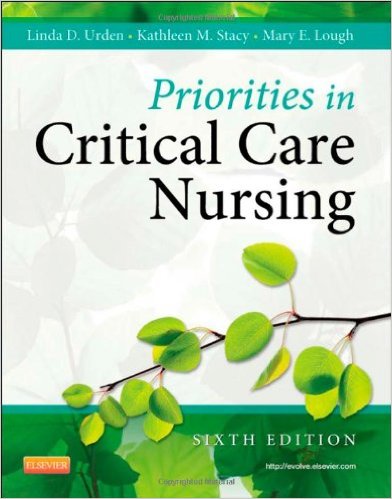
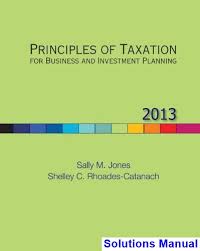
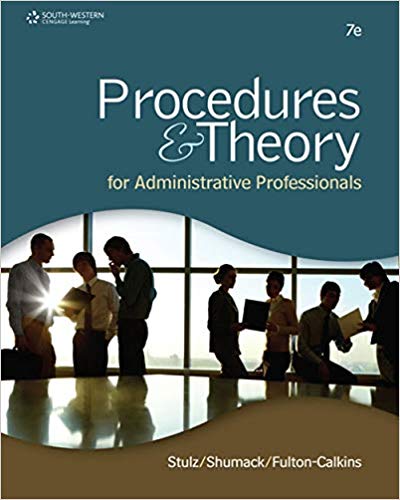
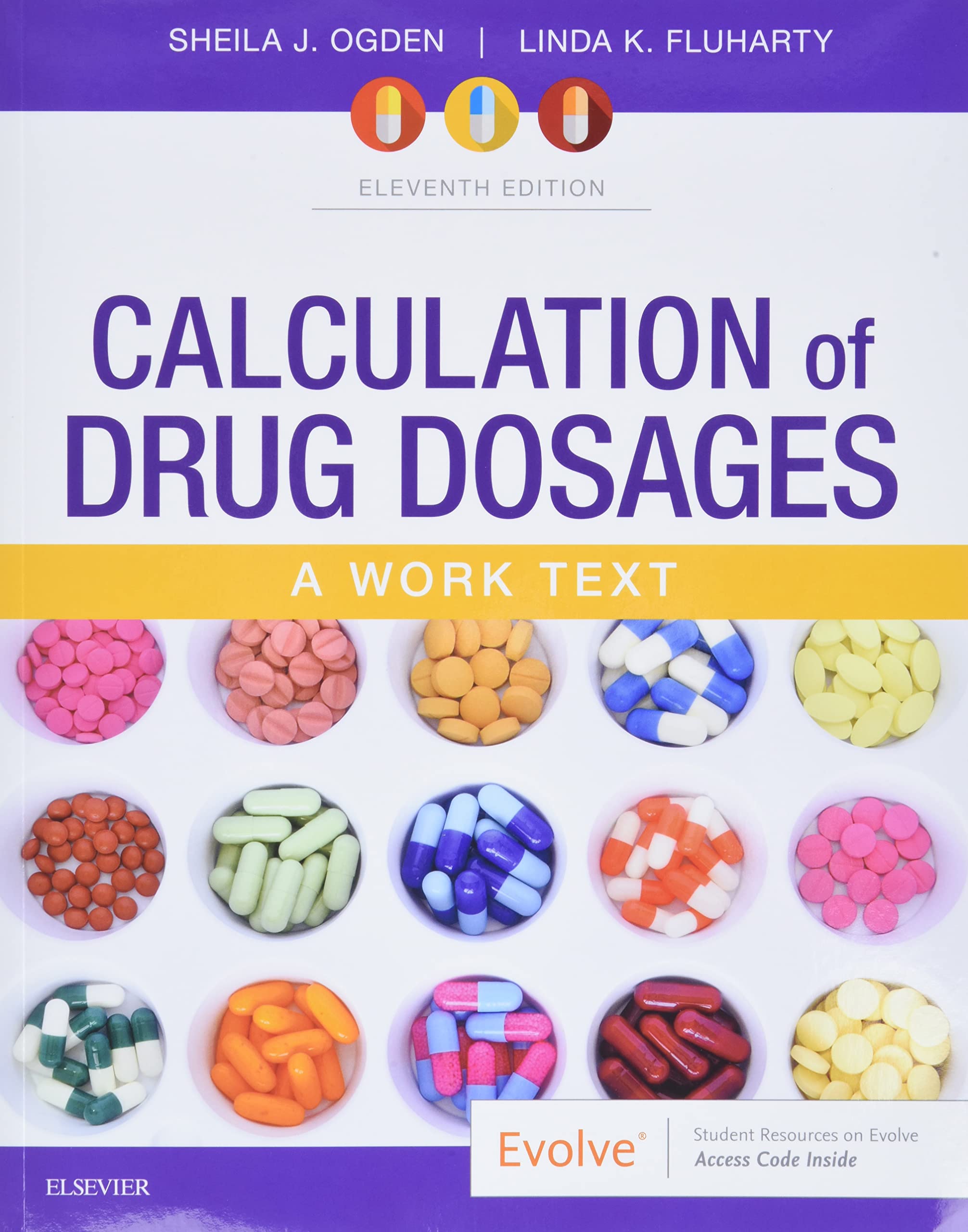
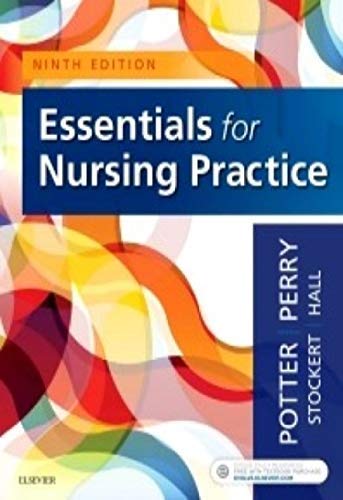
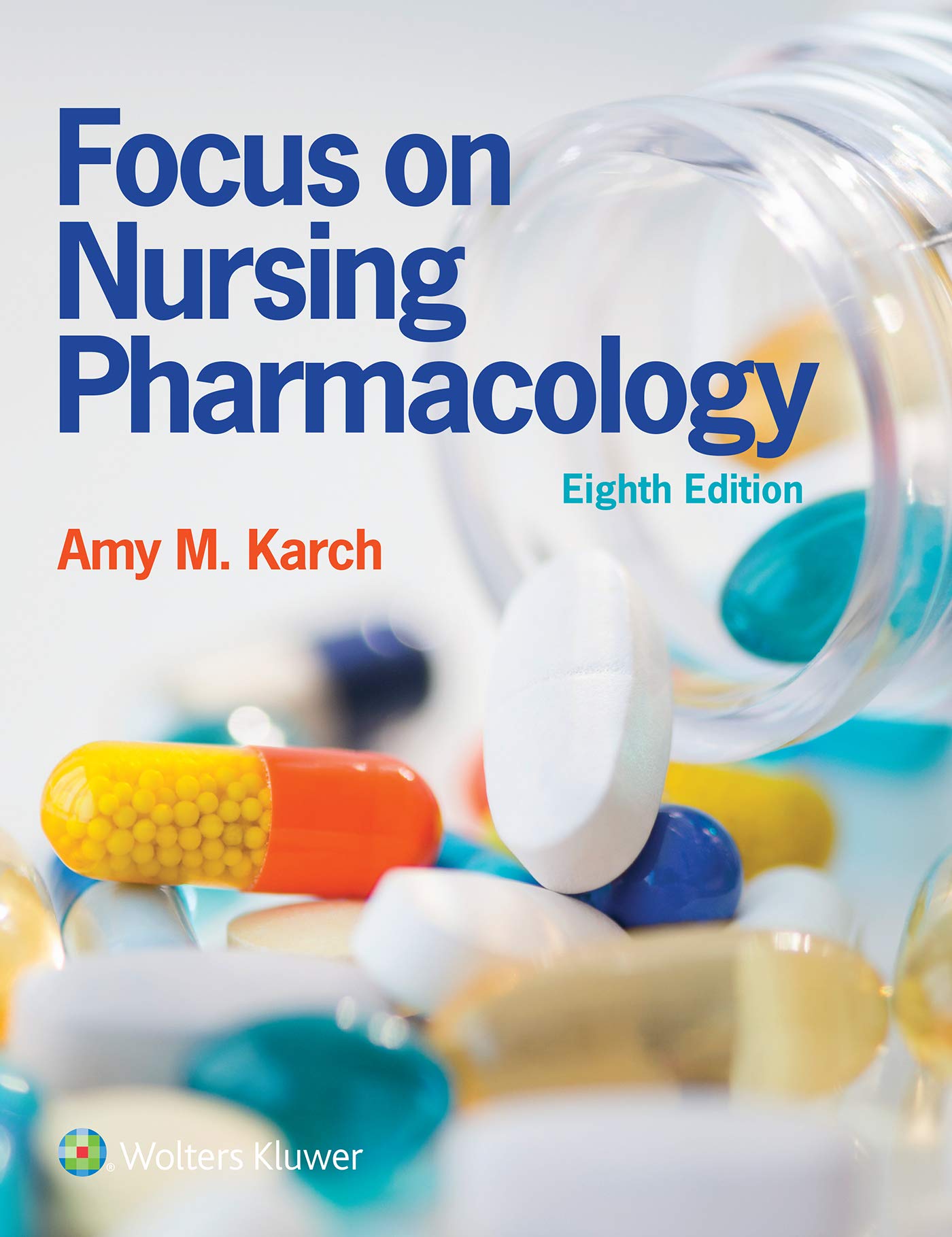
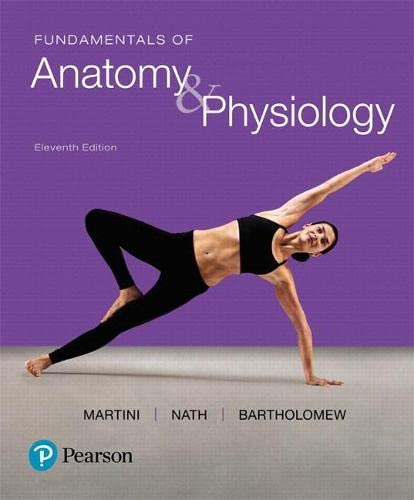
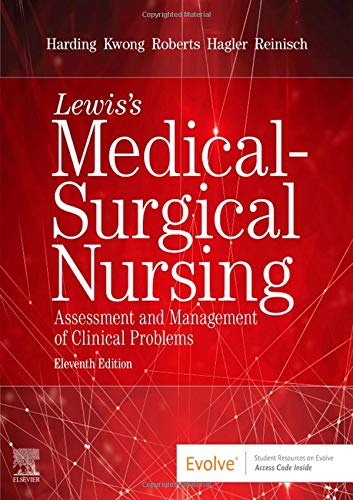
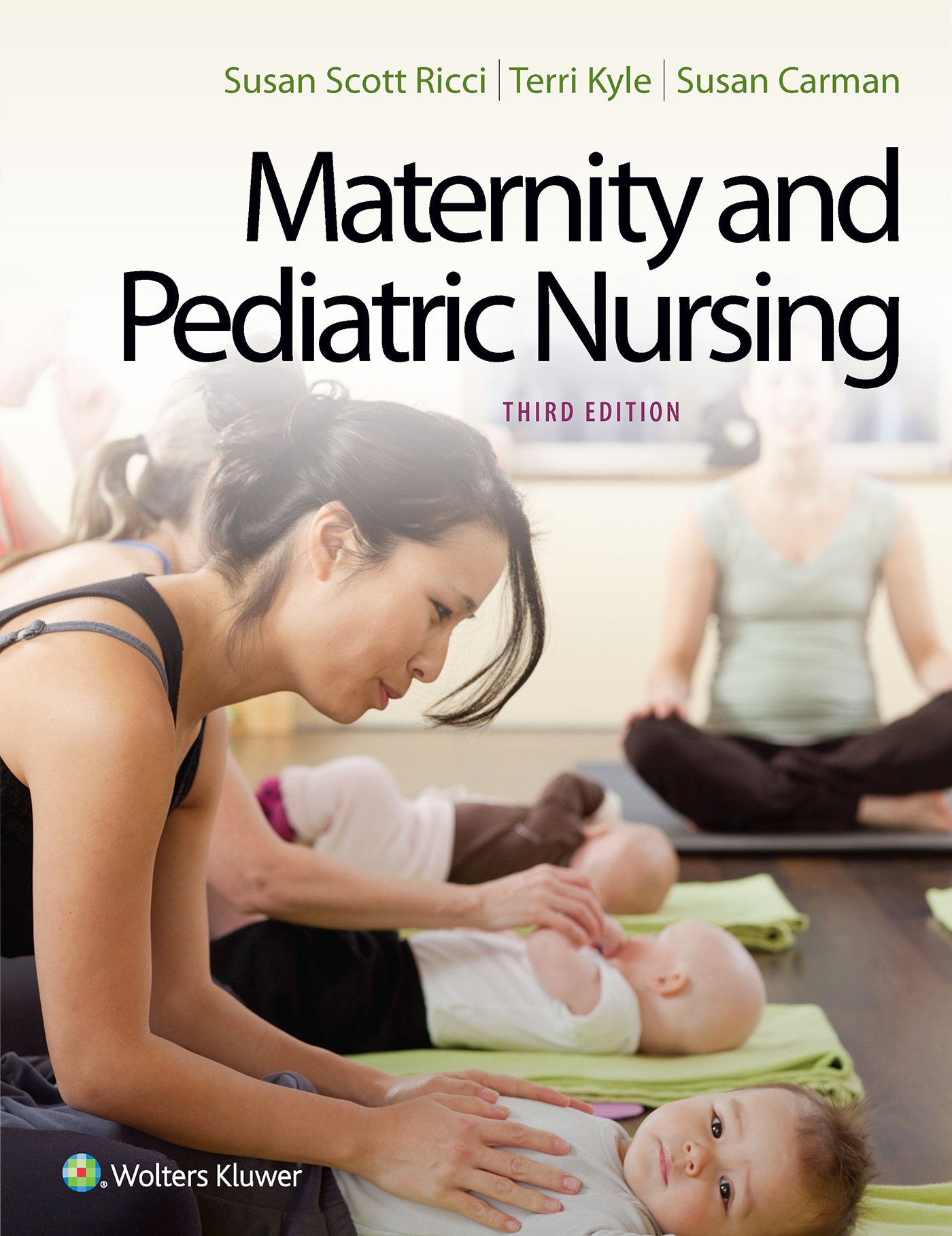
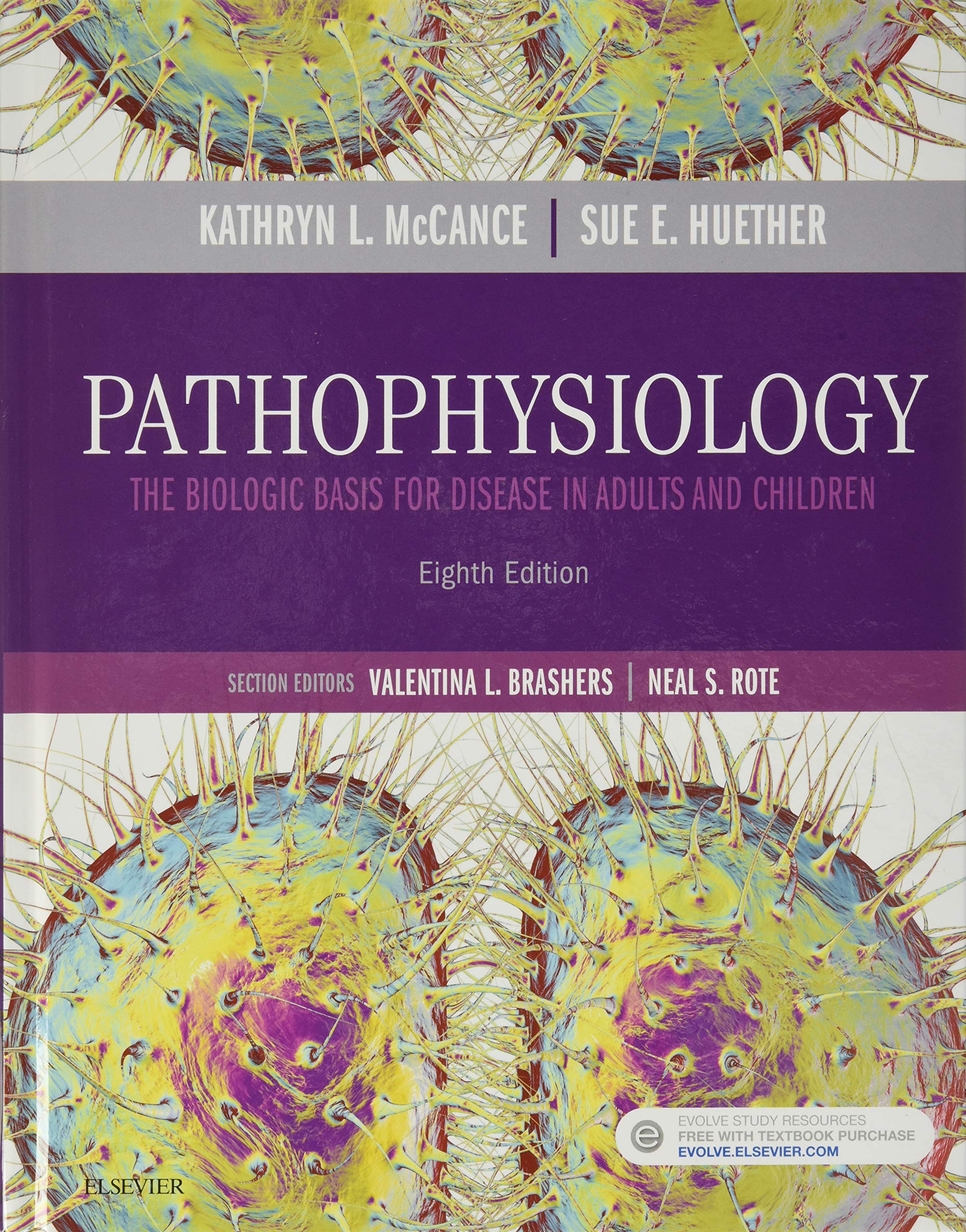
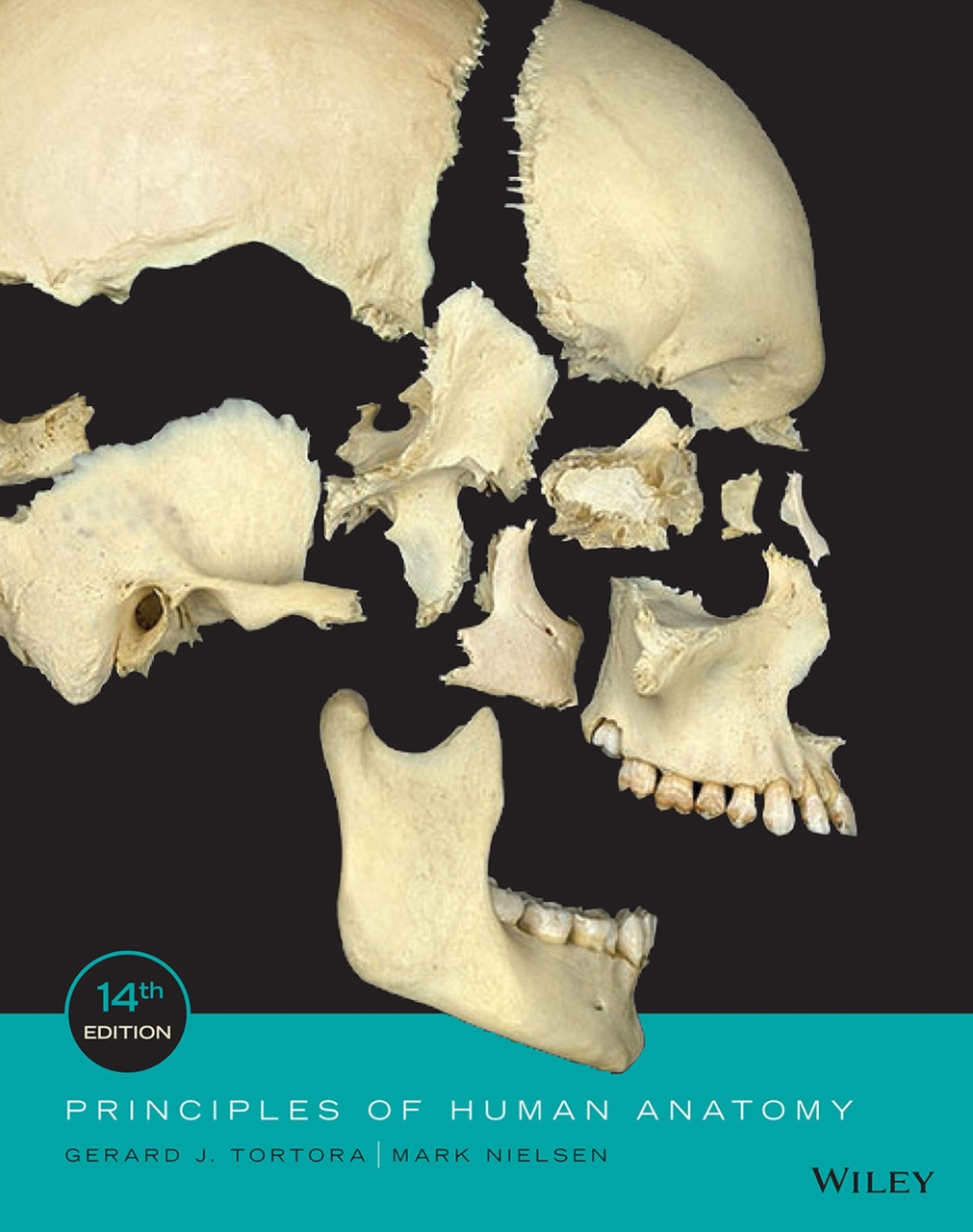
Reviews
There are no reviews yet.